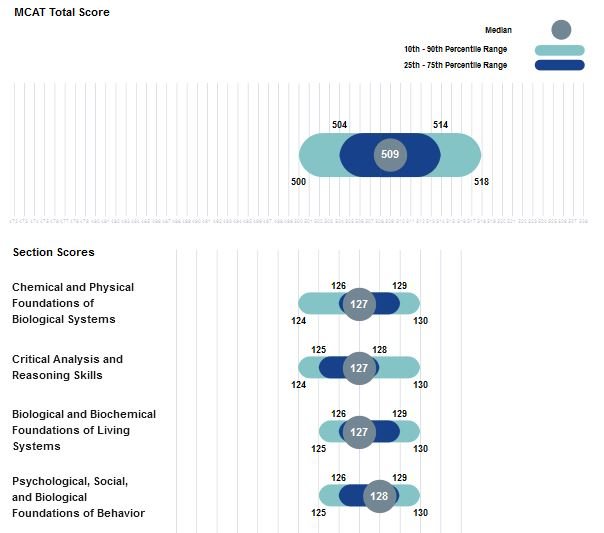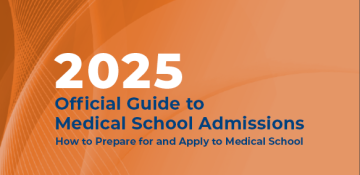
Every year, we work to enhance the MSAR database to better meet your needs when finding the right programs for you. For example, last year, we added new information about each medical school’s waitlist policies, interview day requirements, clinical rotations, matriculant data, and student-patient interaction. Last month, the AAMC released the most up-to-date version of the MSAR guide with a completely new design.
Now responsive, mobile friendly, and packed with new features, this updated format will help you stay organized as you identify the schools that might be a good fit for you.
Here are four tips to help you get the most out of the new design and features:
1. Filter to narrow your options.
With so many different medical schools out there, you might be wondering how you can focus your research to find the programs that are the best fit for you. Before you start making your school list, it can be helpful to set MSAR filters to personalize the search results by location, class size, public or private, and degree program. Additionally, you can now search based on the median MCAT® and GPA ranges for each school, and by a particular campus setting (urban, suburban, rural). This filter feature will help you identify schools within the parameters of what you are looking for in a particular program and may pull up results you hadn’t even considered.
2. Utilize data with new MCAT® exam and GPA charts.
While your MCAT scores and GPA are just one part of your overall application to medical school, it can be helpful to understand the range of metrics of past applicants and matriculants to each program you are interested in. This will help you compare how your scores trend nationally and within that particular program so you can make informed and realistic decisions about where to apply. As you do your research, use the MSAR database’s new dynamic GPA and MCAT exam charts. The MCAT exam chart (pictured below) includes national, applicant, and matriculant data for both total and section scores. The default setting will be “Accepted Applicants,” but the drop-down categories above each chart will allow you to narrow by school-specific accepted, matriculant, and national data for both total and section scores.

3. Review expanded coursework descriptions.
One of the questions we often hear from students is “Does this particular course fulfill this medical school’s requirement?” We encourage you to talk directly with each medical school if you have specific questions, however, the MSAR guide has expanded the coursework requirement section of each profile to include additional explanatory text for each course. These were provided directly by the medical schools to describe which courses fulfill their specific prerequisite requirements.
4. Save time with the compare feature.
When trying to make a decision between schools, it can be helpful to see the side-by-side comparisons in the MSAR database. Select the schools you’d like to compare from the search results and scroll through an expanded list to compare things like financial aid, degrees offered, and interview information. We’ve expanded the list from 13 to 26 items this year.
We know there are lots of factors to consider when deciding where to apply to medical school, so we created the MSAR tool to help you keep your decision process organized. If you are already subscribed to the MSAR guide, you’ll automatically see the new site when you log in. Learn more about the MSAR database and how to subscribe.
